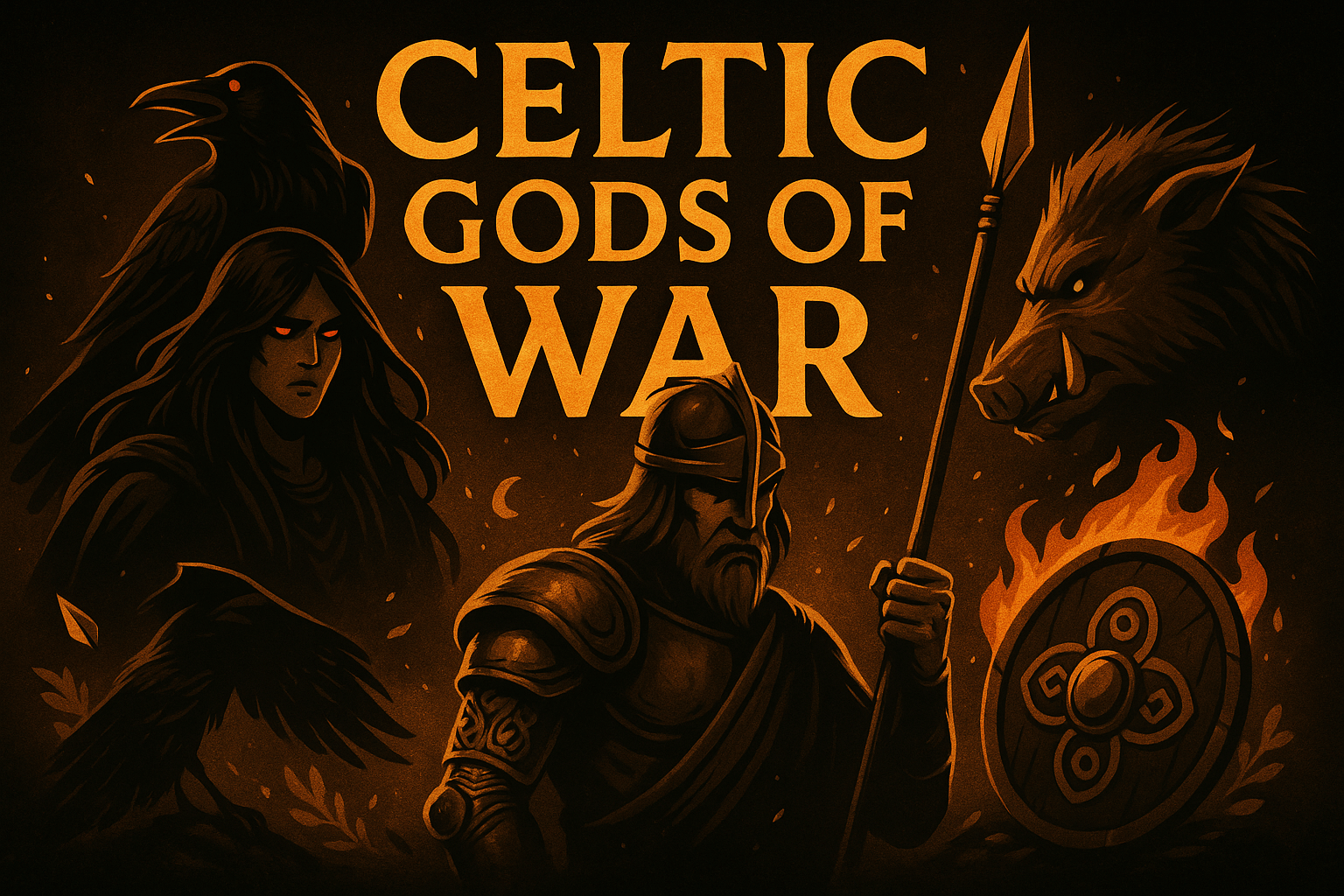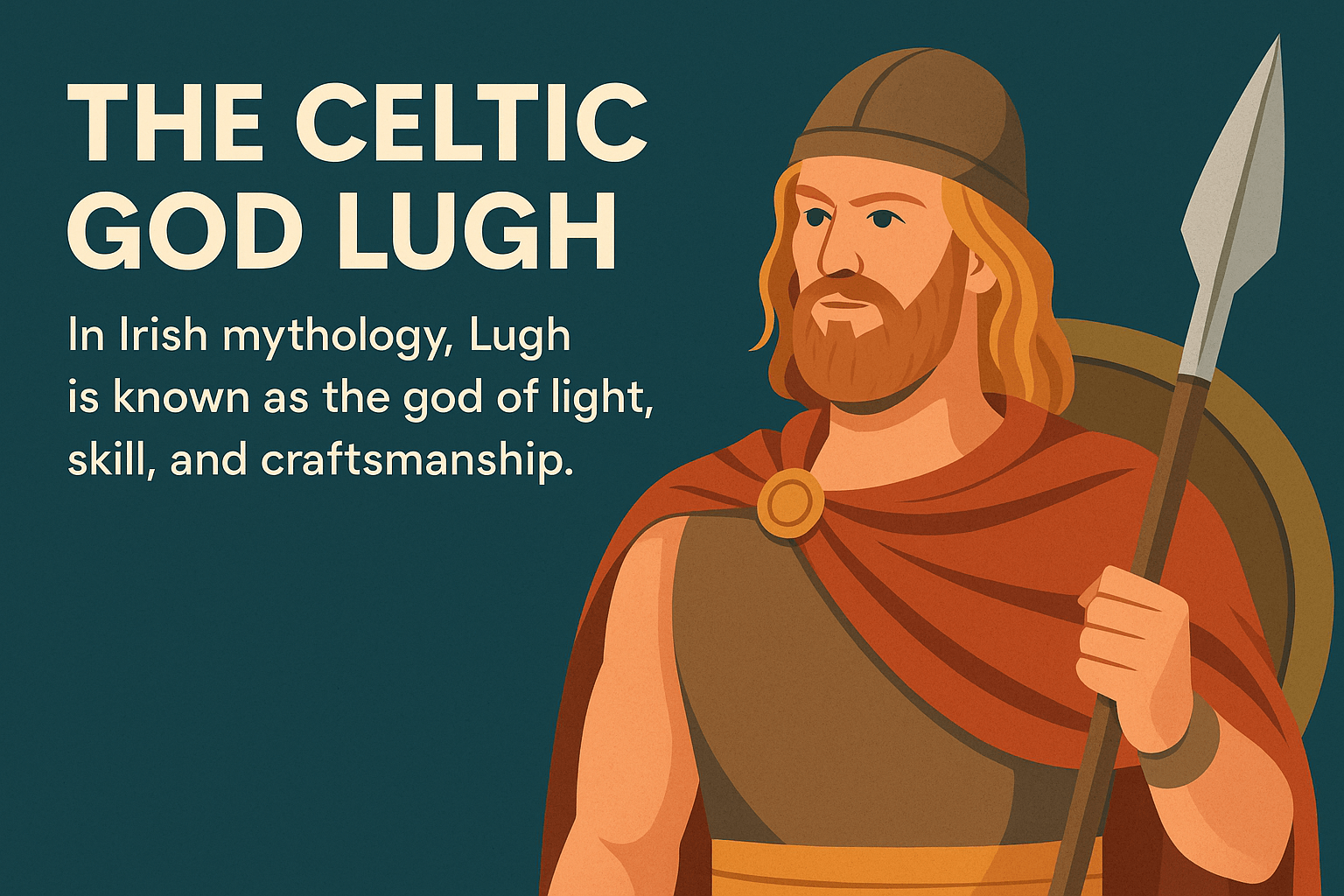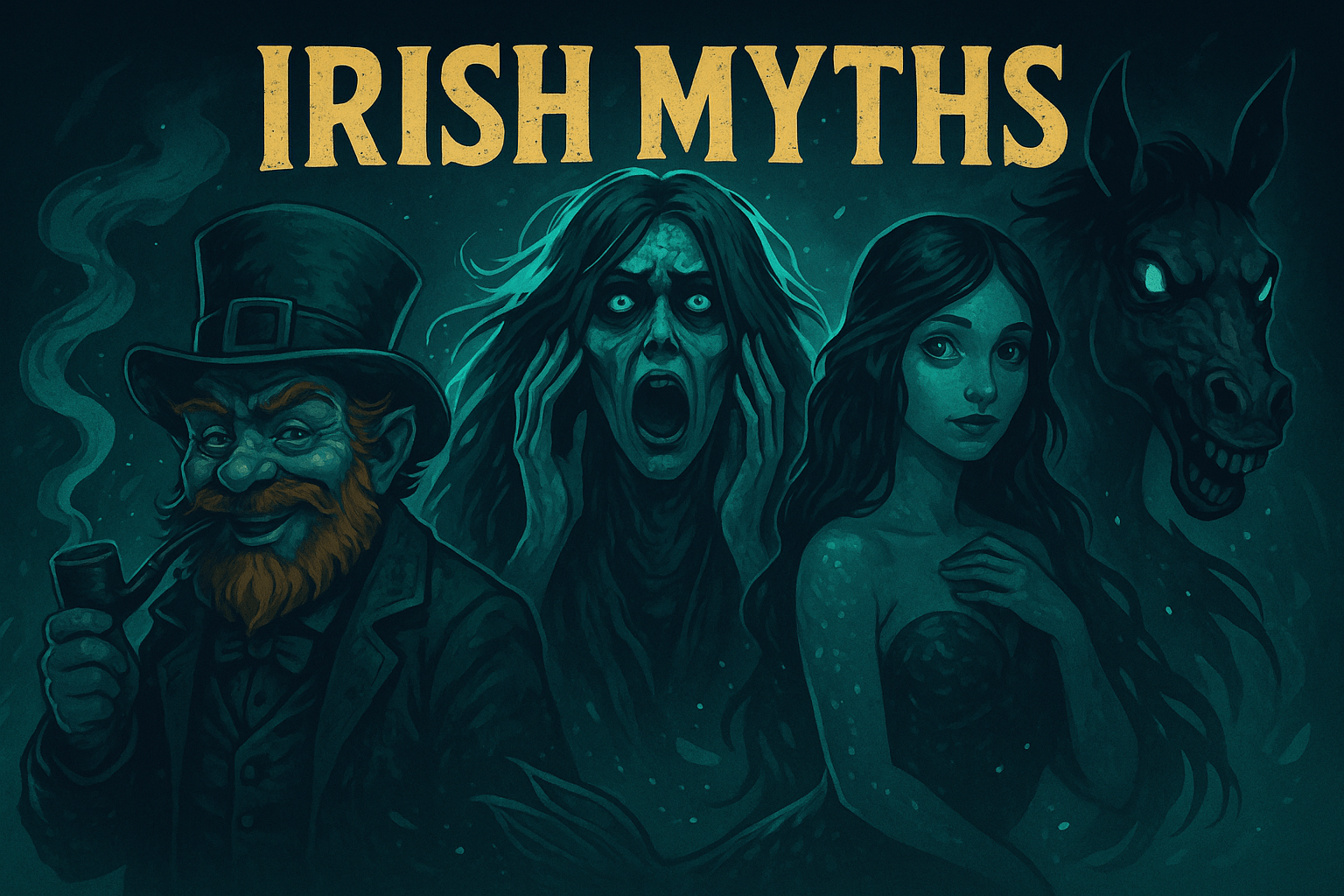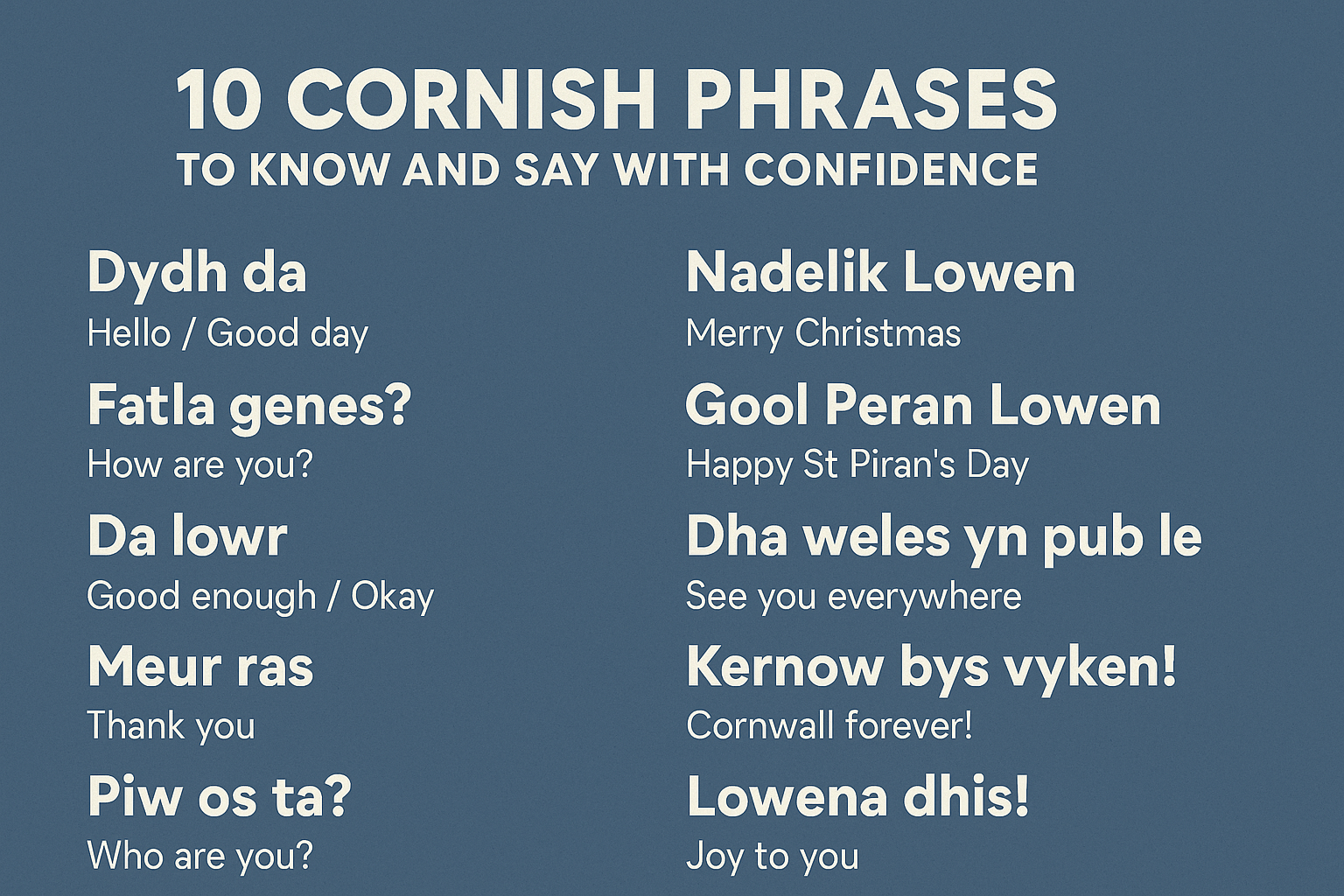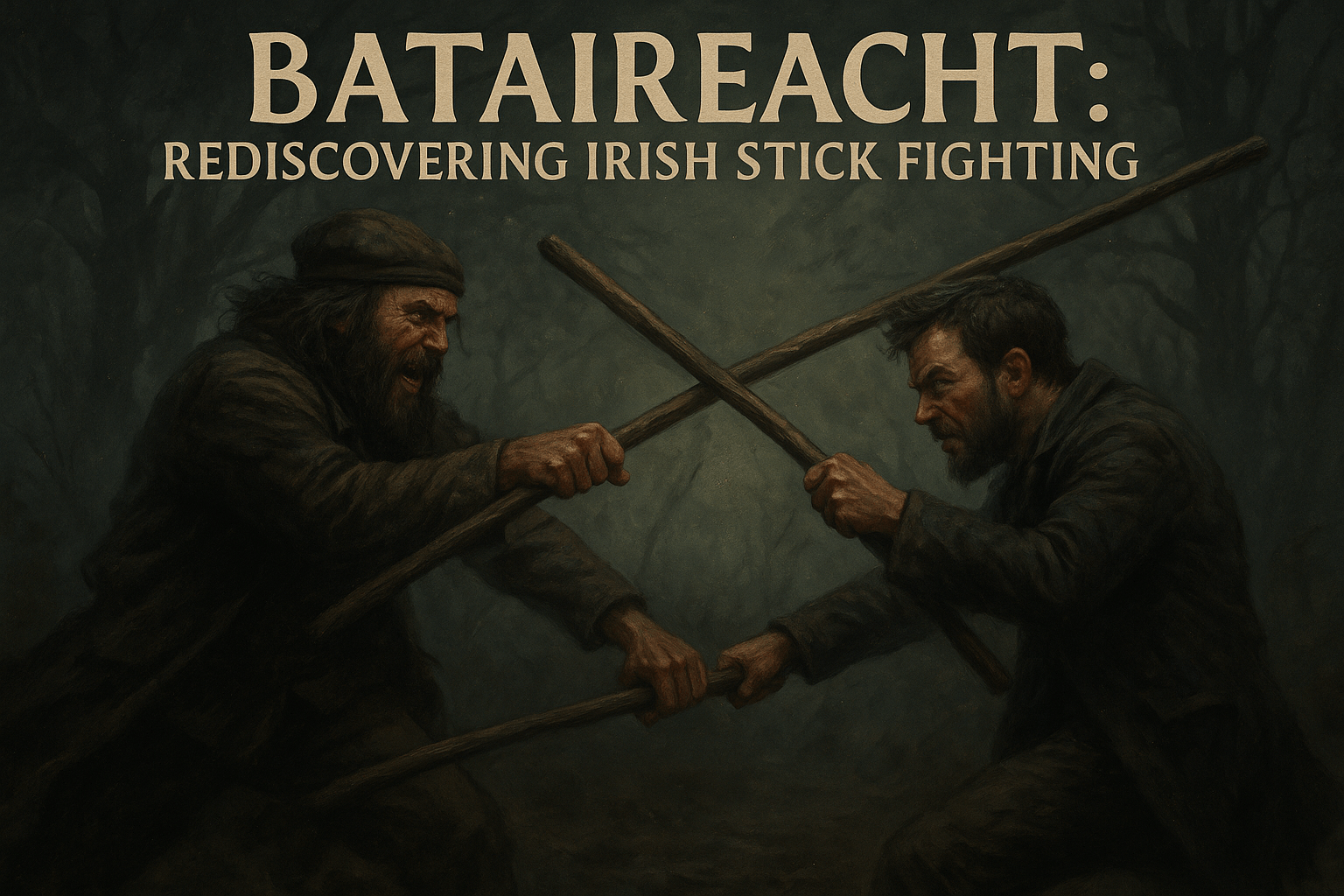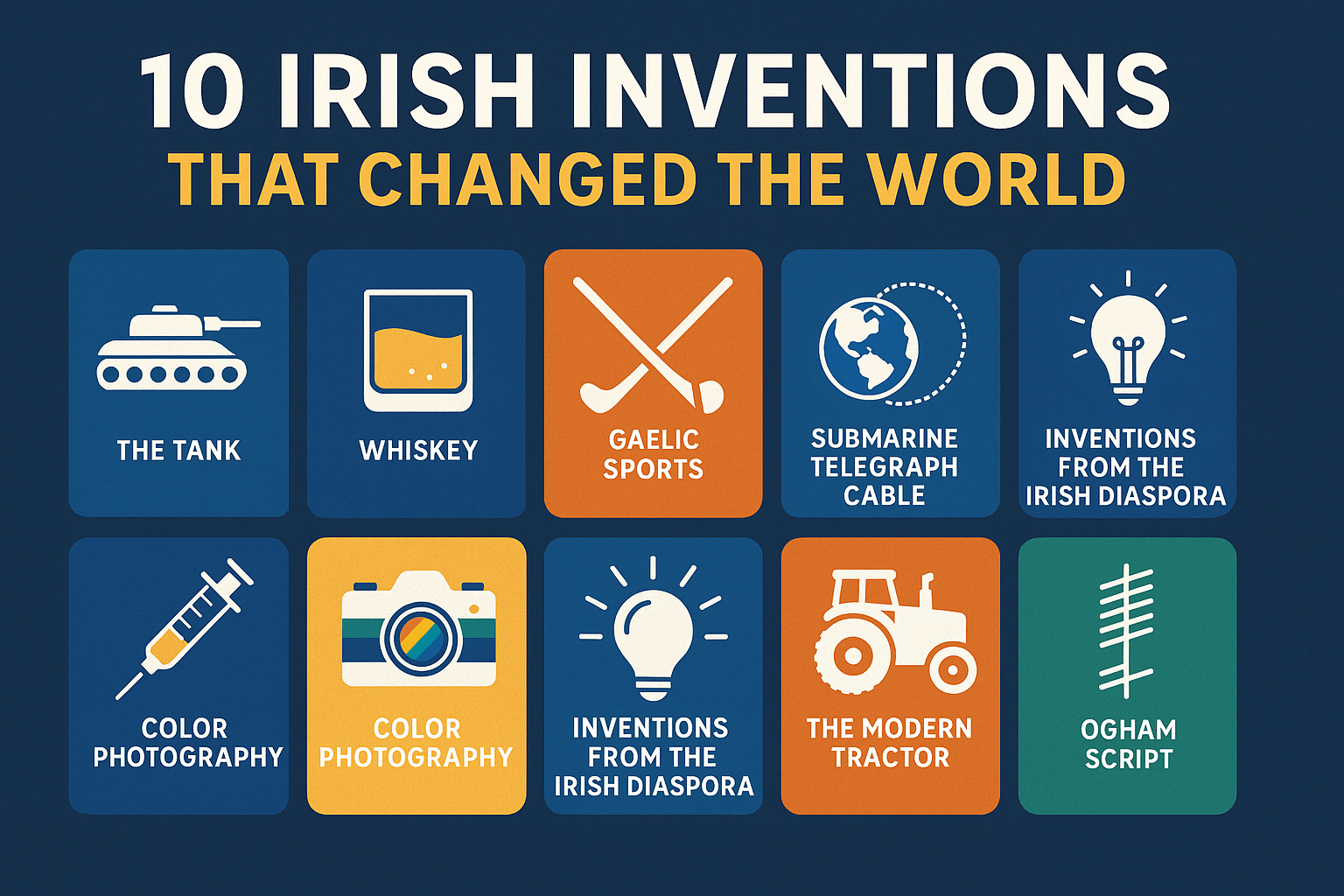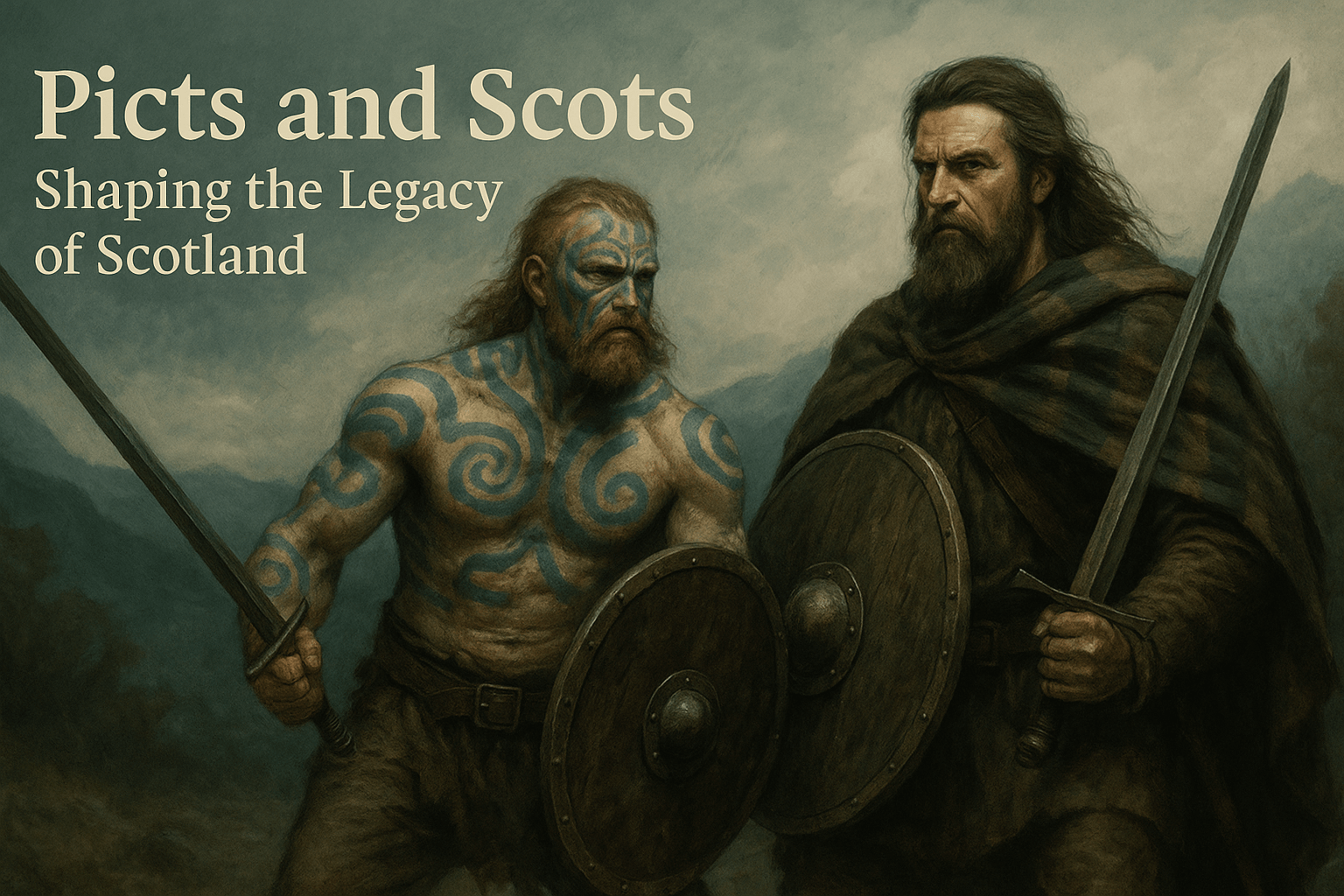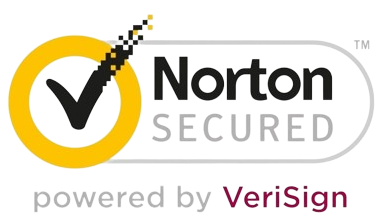In Celtic mythology, the gods were deeply intertwined with every facet of life—from fertility and agriculture to poetry and battle. Among the most revered were the gods of war, powerful figures who embodied strength, strategy, and supernatural might. Understanding the Celtic god of war offers unique insights into ancient Irish culture, language, and identity. This article explores legendary war deities, symbols, and sacred practices associated with warfare in Celtic belief systems.
Key Figures: The Celtic and Irish Gods of War
The Morrígan
One of the most iconic war deities in Irish mythology, the Morrígan is a triple goddess associated with fate, battle, and death. She often appears in the form of a crow or raven on the battlefield, foretelling doom or inspiring fear.
Nuada
Known as Nuada Airgetlám (“Silver Hand”), he was a king of the Tuatha Dé Danann and a fierce warrior god. Though he lost an arm in battle, it was replaced with a silver prosthetic, symbolizing resilience and regeneration.
Camulus
More prominent in Gaulish and British Celtic traditions but still worth noting, Camulus was a Roman-era war god later syncretized with Mars. His name is connected to battle and victory.
Symbols and Iconography of the Celtic God of War
Ancient Celtic war deities were often linked to powerful visual symbols:
- Spear: Associated with Lugh and the Lúin of Celtchar.
- Crow or Raven: Symbol of the Morrígan, representing death and battle.
- Boar: A symbol of courage and ferocity, often linked to warrior rituals.
- Shield and Armor: Emblems of protection, common in both artwork and myth.
These Celtic god of war symbols were used on battle standards, jewelry, and even carved into stones.
Herbs and Rituals Associated with the Celtic God of War
In Celtic spiritual practice, certain herbs were believed to hold divine power:
- Yarrow: Used to stop bleeding and invoke protection in battle.
- Mugwort: Burned in rituals for visions and guidance.
- Oak leaves: Sacred to many deities, symbolizing strength and endurance.
Rituals to honor war gods included:
- Saining (blessing) with herbs.
- Battle chants invoking divine protection.
- Offerings left at cairns or sacred wells before war.
The Role of Language in Preserving War Deity Legends
Irish mythology has survived thanks to oral storytelling and early manuscripts written in Irish. Learning the Irish language provides richer access to the original tales, names, and meanings of these deities.
Explore the Irish Pronunciation Guide to better understand names like Morrígan (pronounced MOR-ree-gan) and Lugh (pronounced Loo).
Exploring Irish War God Myths Through Language Resources
At Gaeilgeoir AI, language and mythology come together through smart tools and accessible content. With AI-powered features, you can:
- Decode original Irish war chants.
- Learn grammatical structures used in ancient storytelling.
- Access bilingual versions of epic tales like the Táin Bó Cúailnge.
Start with our Irish Language Lessons for Beginners to begin reading these stories in Irish.
Comparative Insights: Irish vs. Scottish Gaelic Perspectives on War Deities
While Irish mythology highlights figures like the Morrígan and Nuada, Scottish Gaelic traditions also feature warrior spirits and deities, such as Cailleach, a hag goddess tied to winter and strife.
Linguistic nuances:
- Irish: Morrígan (great queen)
- Scottish Gaelic: Cailleach (old woman)
Understanding both helps appreciate how different regions interpreted the role of war and the supernatural.
Modern Cultural Impact and Legacy
The Celtic god of war continues to influence art, literature, and modern pagan spirituality. From fantasy novels to tattoos, these symbols remain powerful expressions of cultural pride.
Examples include:
- Reenactments of Lughnasadh festivals.
- Use of crow imagery in Celtic-inspired art.
- Revival of Irish myths in games and pop culture.
Conclusion
The Celtic gods are more than mythological figures; they are a gateway to understanding celtic history, language, and resilience. By learning Irish and exploring its myths, you can deepen your cultural connection.
Discover how Gaeilgeoir AI can support your journey. Sign up here to explore Irish mythology and language through AI-powered tools rooted in Celtic heritage.
